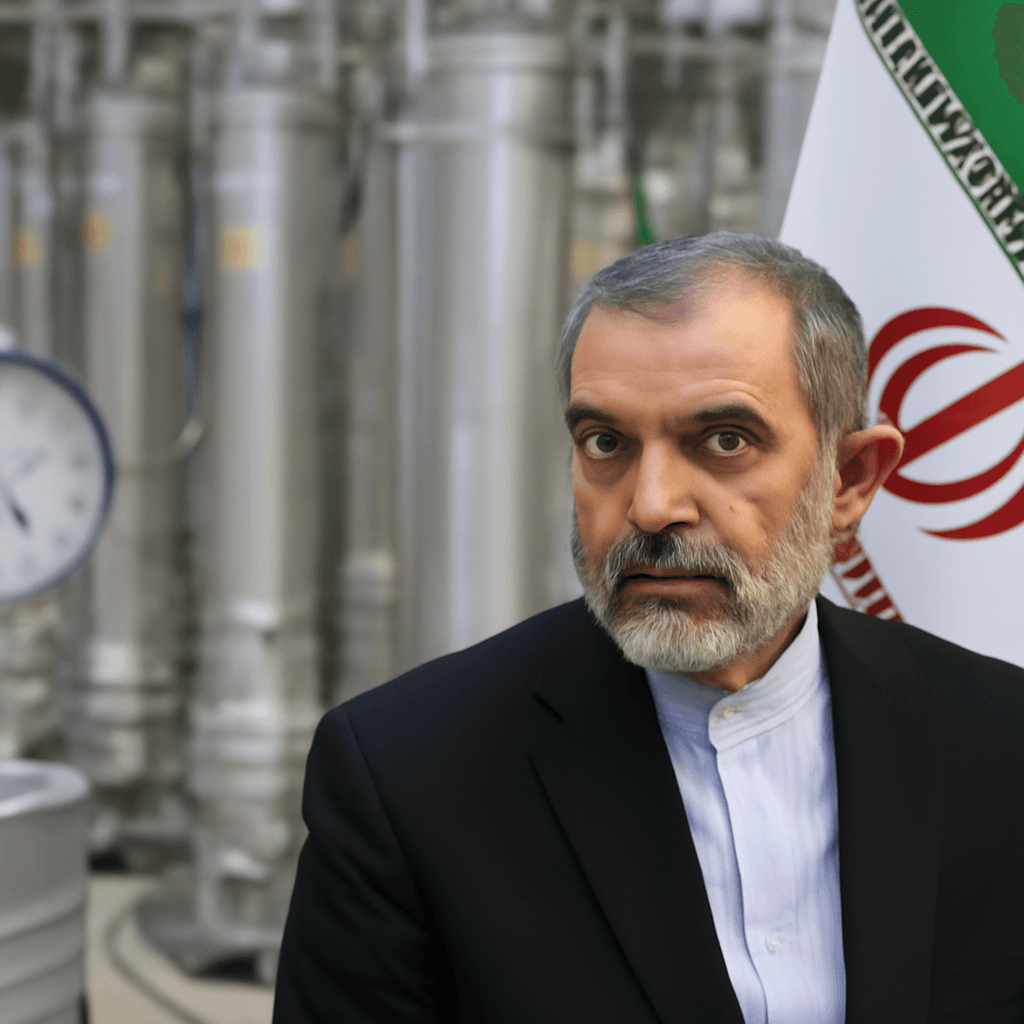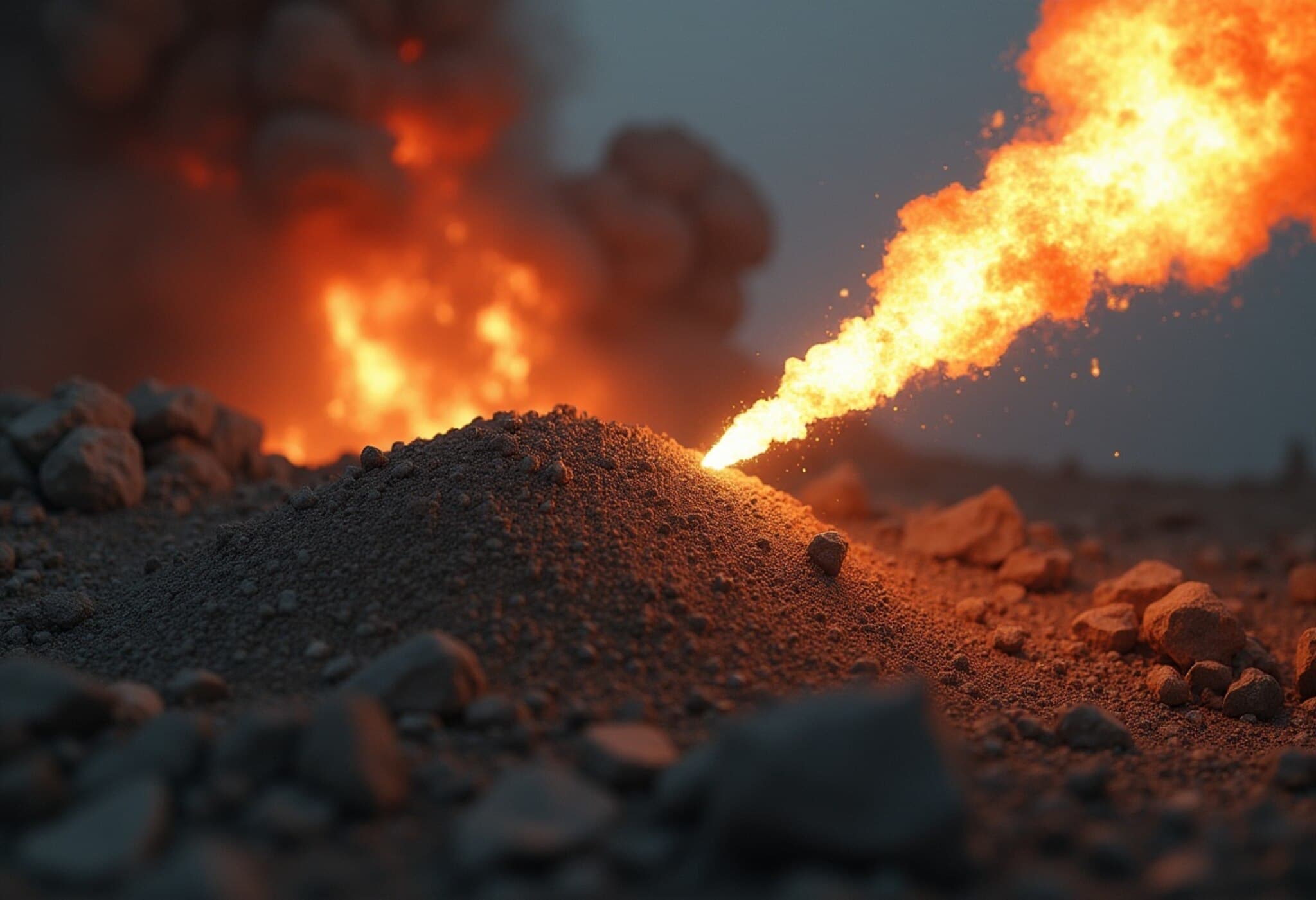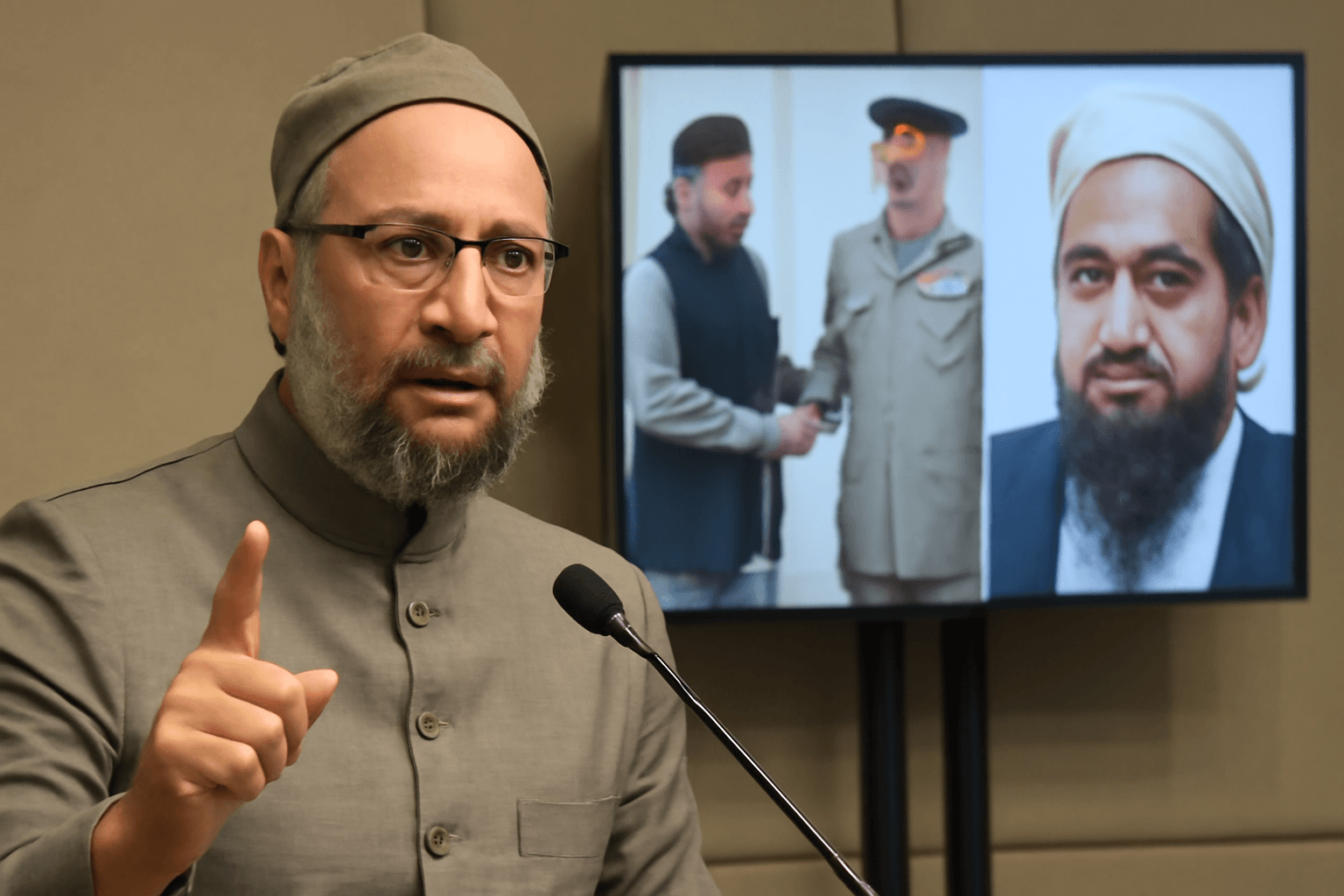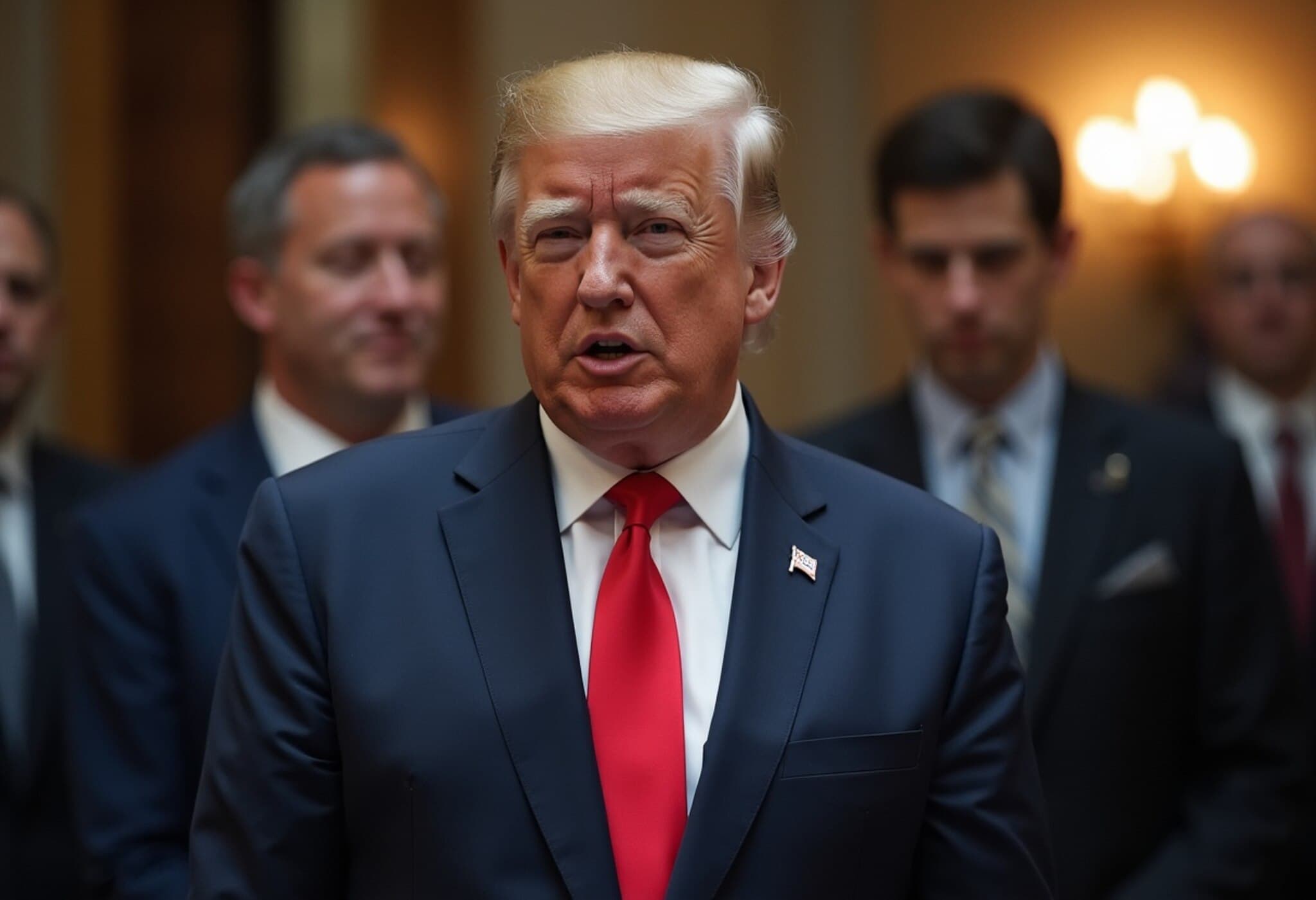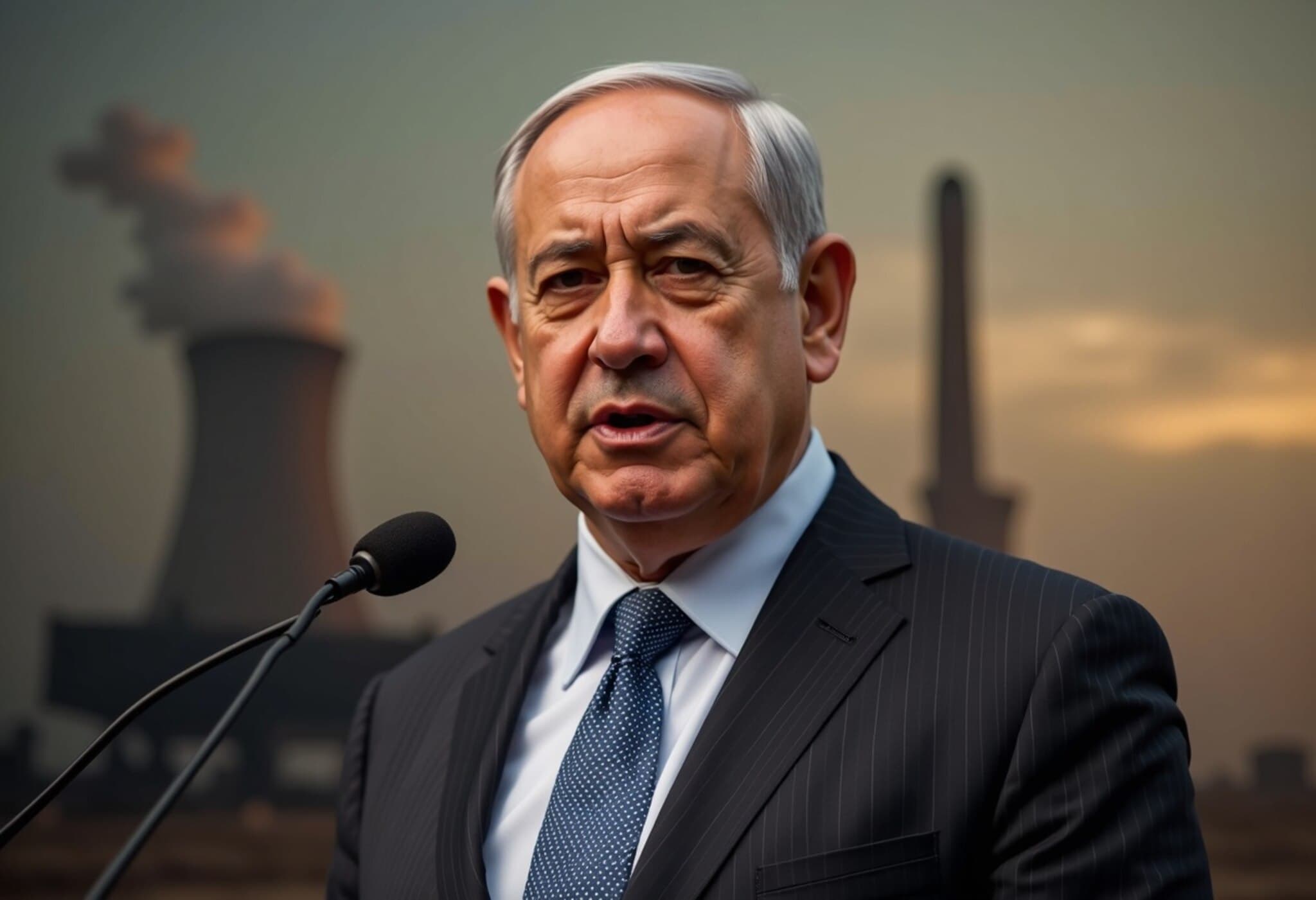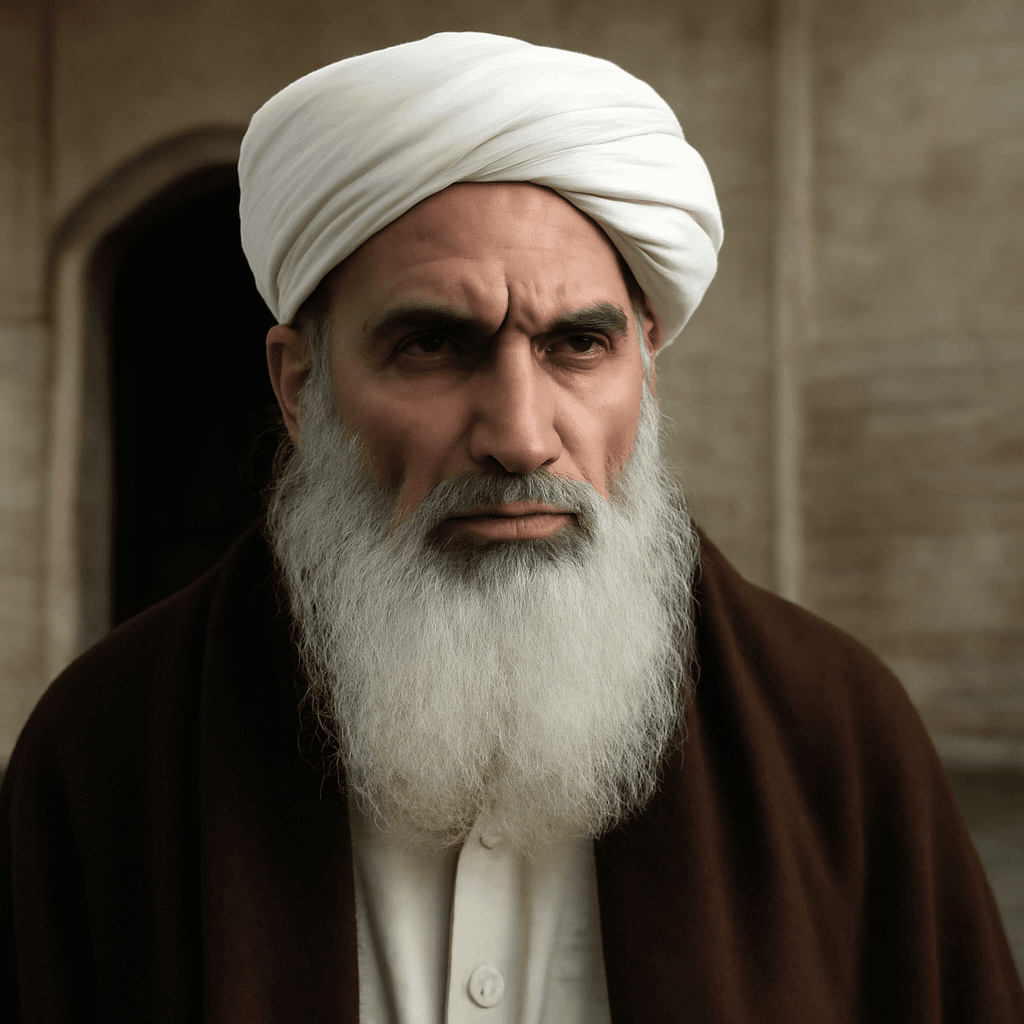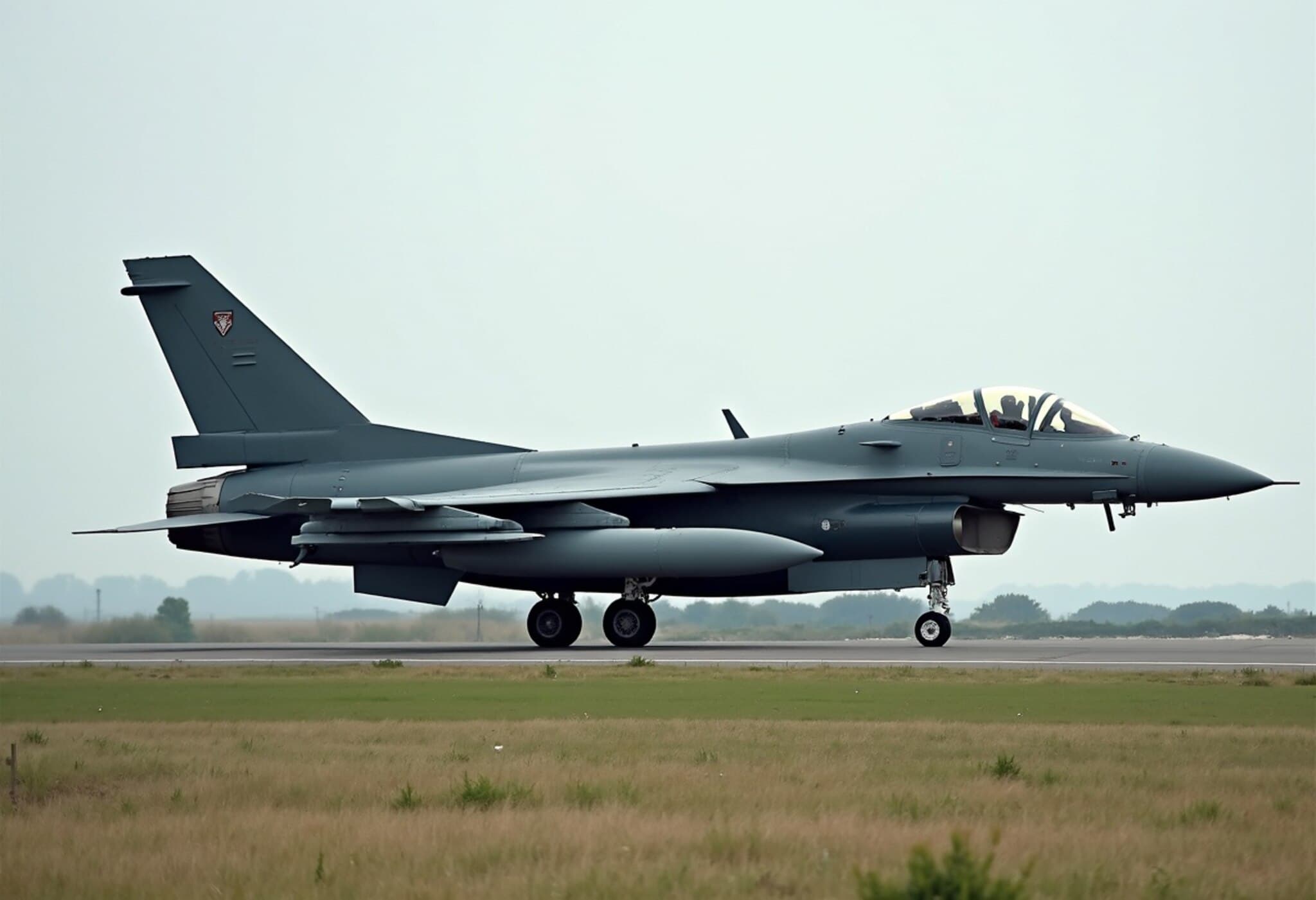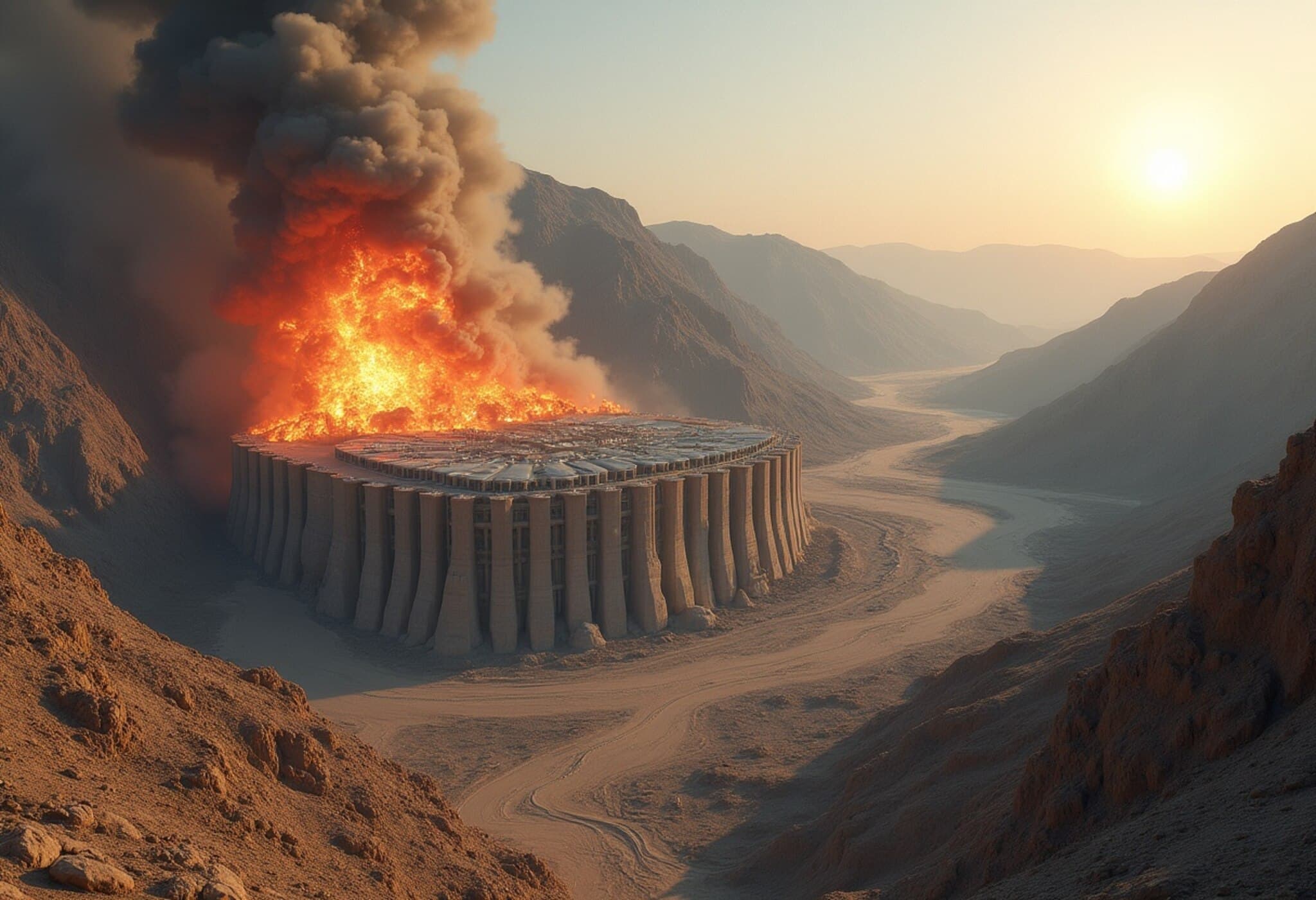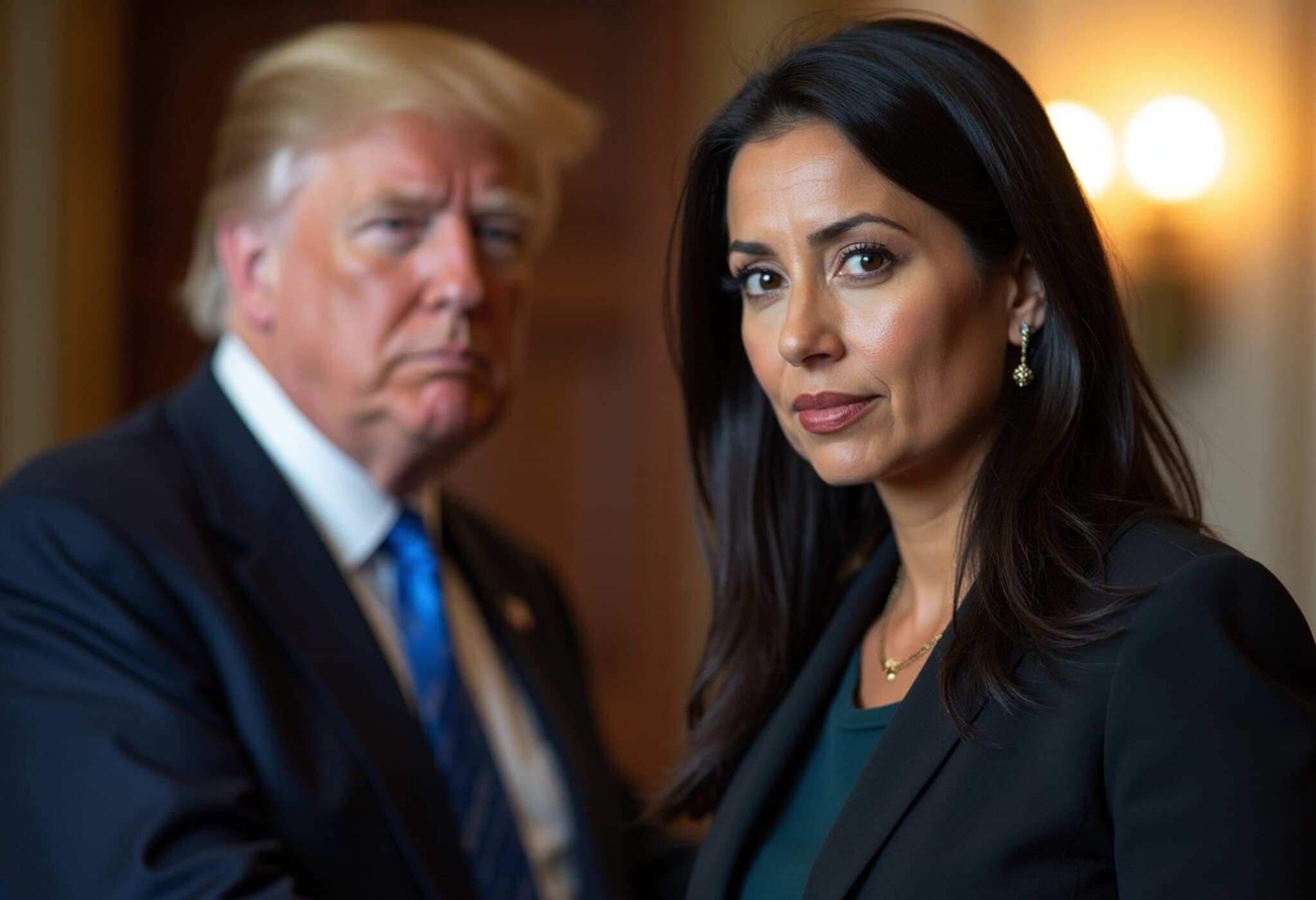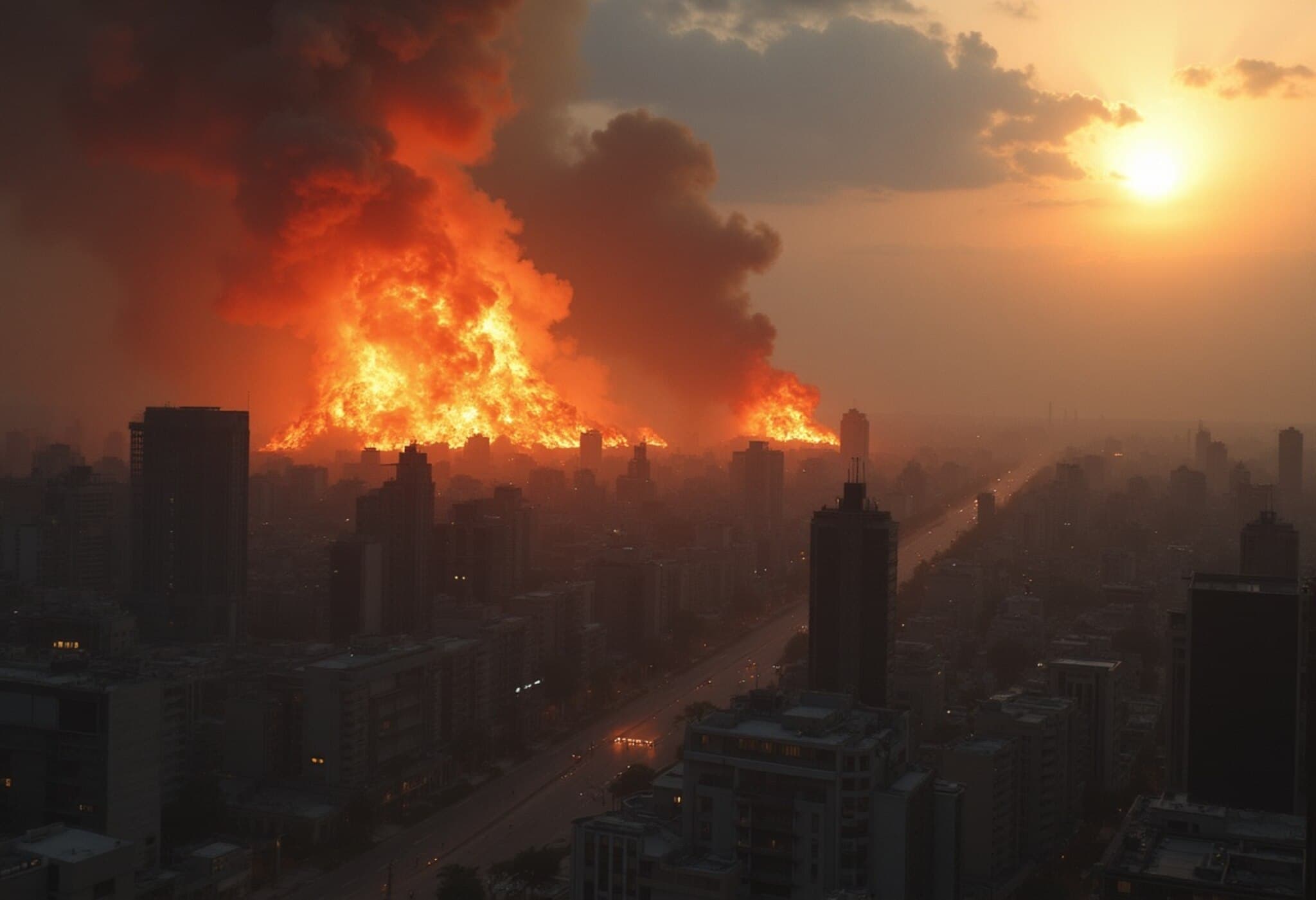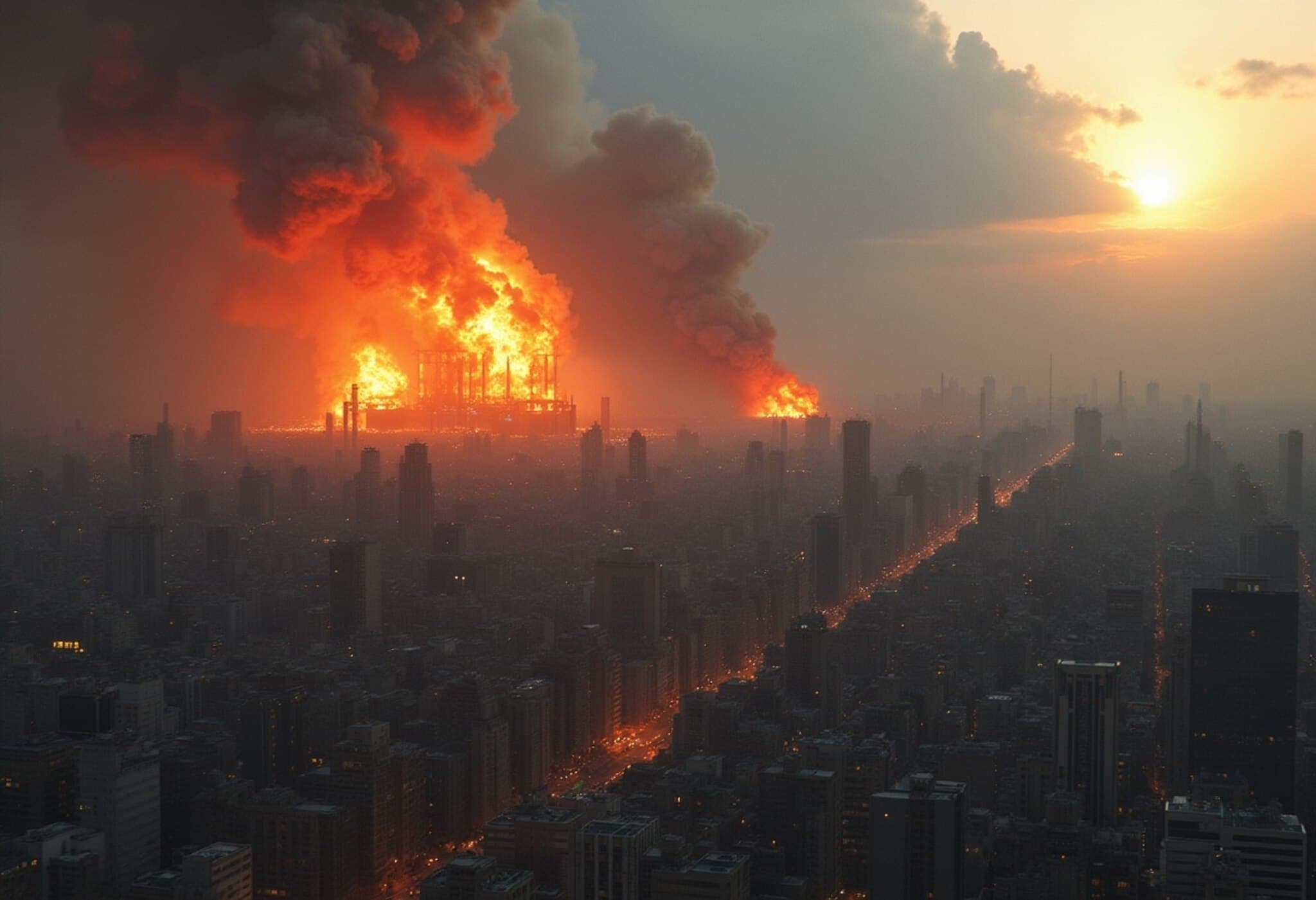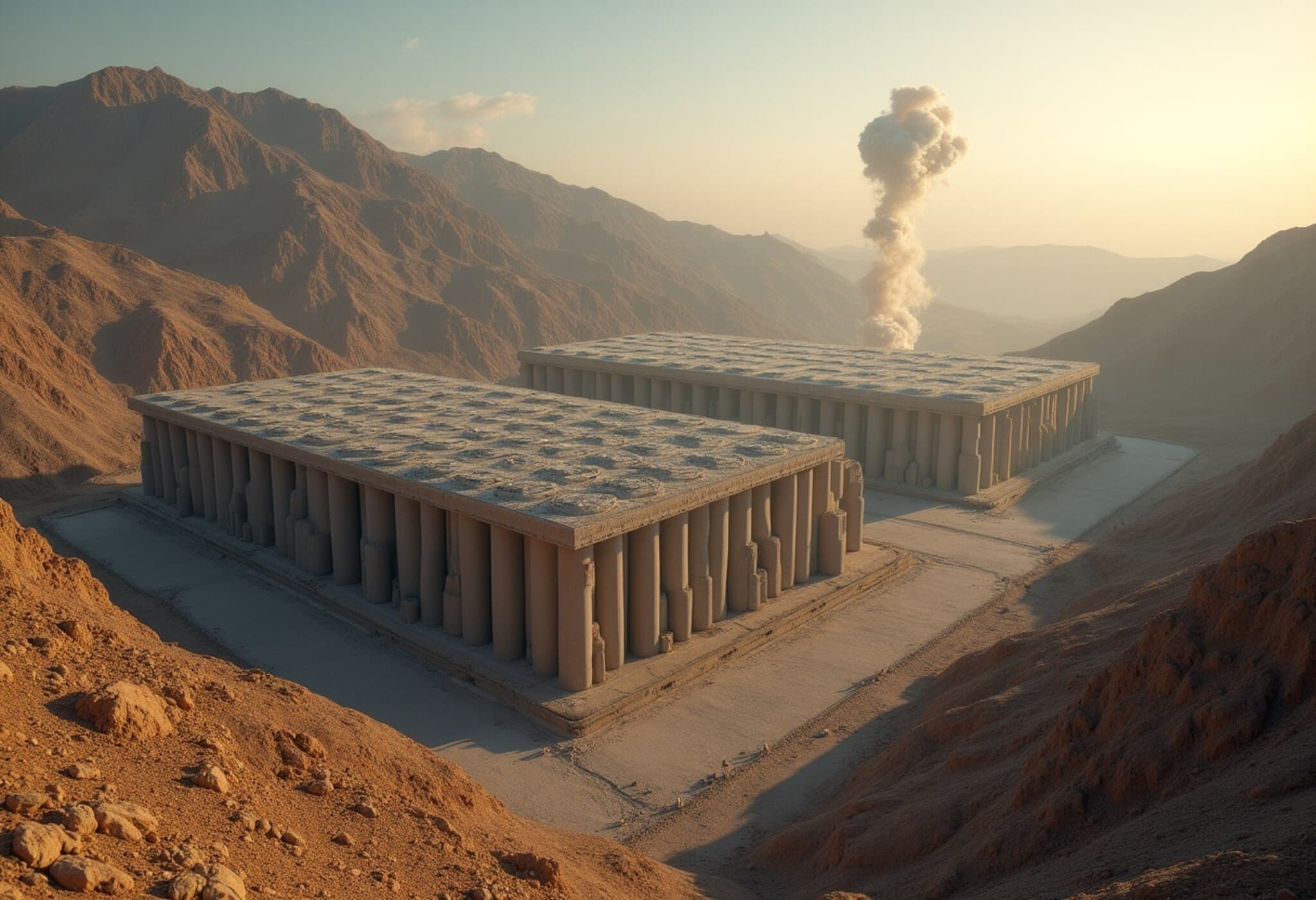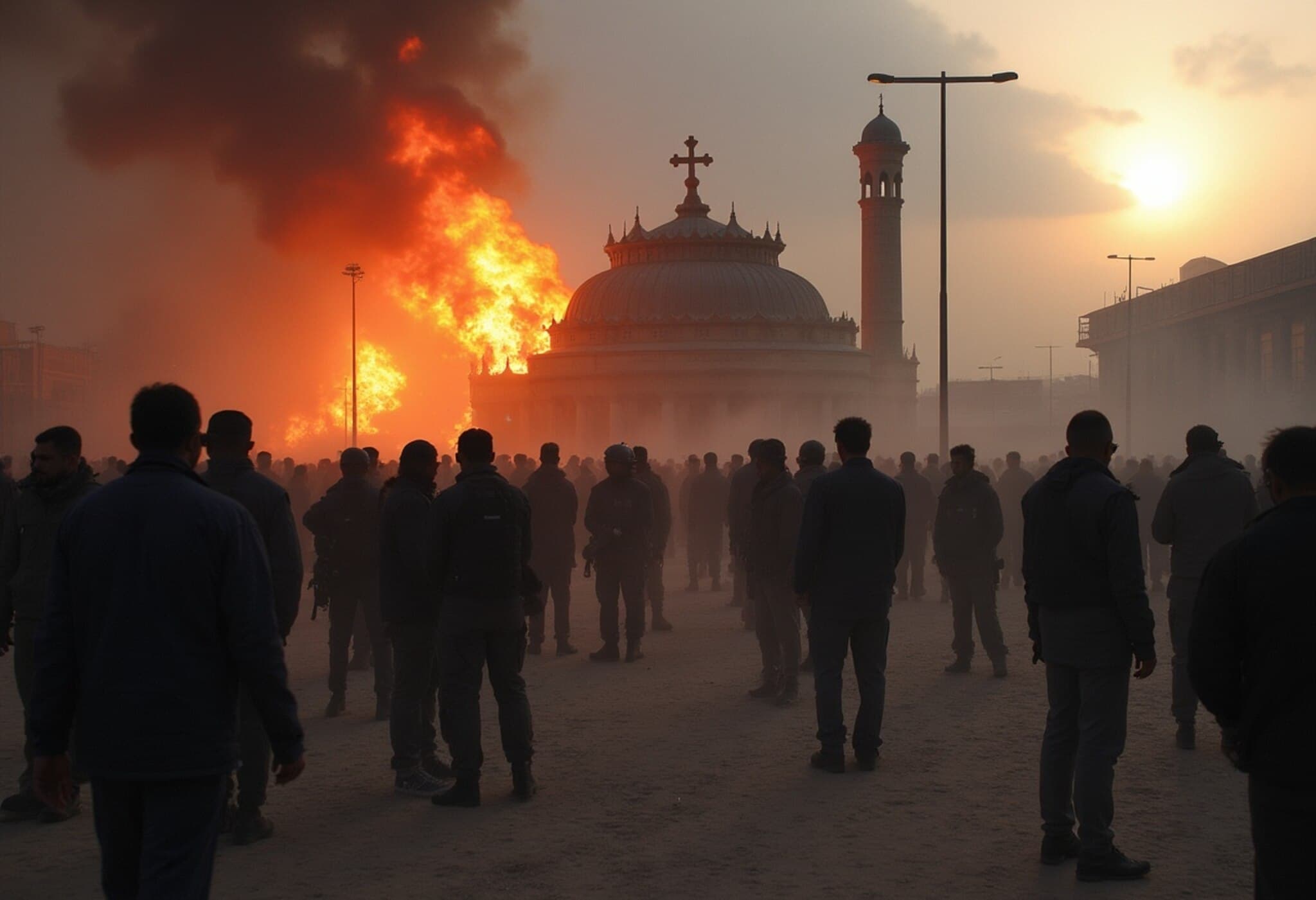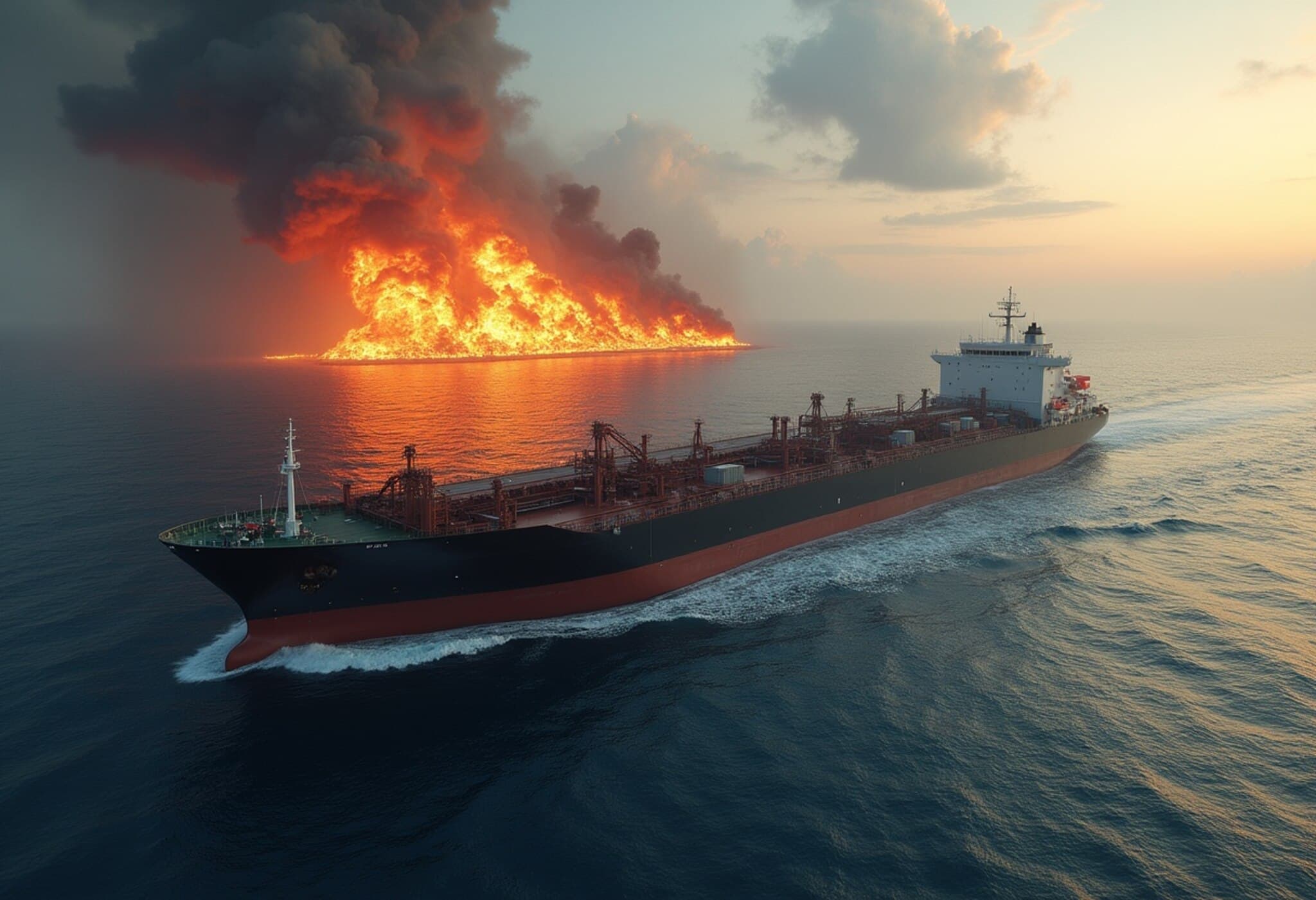US Military Action on Iran's Nuclear Sites Sparks Global Alarm
In a significant escalation of international tensions, the United States conducted a targeted strike on Iran’s critical nuclear facilities, including Natanz, Isfahan, and the strategically sensitive Fordow enrichment site. The operation has ignited widespread concern over the potential consequences, ranging from structural damage and radiation leaks to broader geopolitical instability.
Inside Perspective: Former IAEA Official Weighs In
Peter Rickwood, a seasoned former press officer of the International Atomic Energy Agency (IAEA) and founder of Atomic Reporters, offered his expert analysis on the unfolding situation. He highlighted that fully grasping the aftermath of the US attack will require time, primarily because Iran’s facilities are deeply underground.
"Without the ability to conduct direct inspections inside these vaults and centrifuge halls, assessing the true extent of the damage is nearly impossible," Rickwood emphasized.
Uncertain Nuclear Material Status Complicates Assessment
Adding to the complexity, Iran reportedly removed nuclear material from Fordow and other enrichment sites in the days preceding the strike—a fact that raises questions about where these materials currently reside and their condition. Rickwood expressed serious concern about the IAEA’s limited access amid ongoing hostilities, pointing out that inspectors’ absence means no independent verification of whether uranium enrichment is continuing or accelerating toward weapons-grade levels.
Military Precision Meets Uncertainty
The operation reportedly involved seven B-2 Spirit stealth bombers targeting the Fordow site. Satellite imagery reveals surface damage, but experts caution against drawing conclusions without deeper intel. Rickwood likened the challenge to evaluating a mine disaster—where the superficial damage is only part of the puzzle, and the real impact often lies hidden underground.
Though acknowledging the strategic sophistication of the strike, doubts remain whether the bombs penetrated sufficiently to destroy critical enrichment equipment or whether some apparatus had been relocated in anticipation of the attack.
Broader Implications: Fragile Diplomacy and Nuclear Treaties at Risk
This military maneuver shakes the fragile framework of the Nuclear Non-Proliferation Treaty (NPT), to which Iran is a party. Rickwood cautioned that Iran might follow North Korea’s footsteps and withdraw from the NPT, a move that would dismantle the legal basis for inspections and strip away international oversight mechanisms.
Such a development could drastically reduce transparency about Iran’s nuclear ambitions and escalate the risk of unchecked proliferation across a volatile region.
A Call for Global Vigilance and Renewed Diplomacy
Reflecting on the bigger picture, Rickwood warned that the world now faces a perilous chapter marked by heightened nuclear risks and strained diplomatic channels. He urged the international community to intensify surveillance, recommit to disarmament treaties, and bolster cooperative efforts to prevent a wider nuclear crisis.
The role of institutions like the IAEA has never been more critical. Their capacity to provide impartial oversight and hold parties accountable can serve as a vital deterrent against further destabilizing actions.
Key Takeaways:
- The full impact of the US airstrike on Iran’s underground nuclear sites remains uncertain without on-ground inspections.
- Iran’s recent removal of nuclear material complicates verification efforts by global watchdogs.
- The potential withdrawal of Iran from the NPT threatens to undermine non-proliferation agreements.
- Heightened tensions call for urgent international cooperation and renewed diplomatic engagement.


